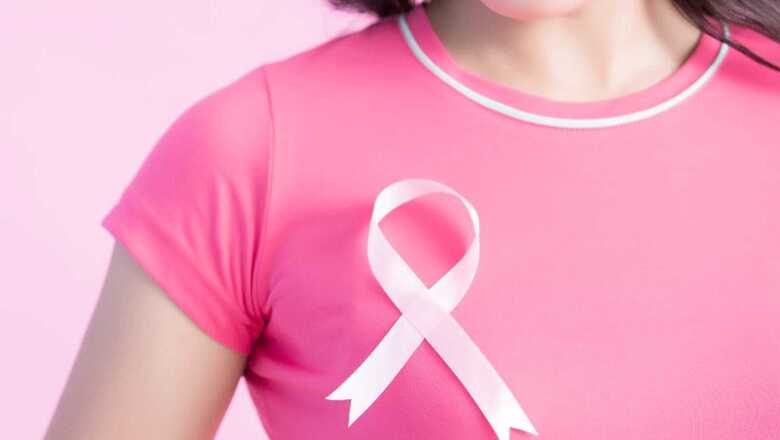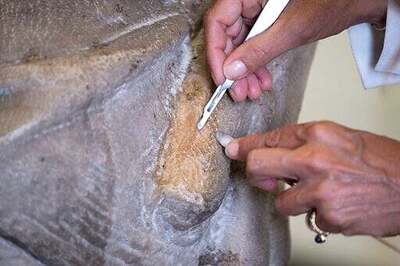
views
\It is extremely important for women to self-examine their breasts on a daily basis. Anything unusual, particularly a breast lump or changes in the breast size and shape, should be communicated to your gynaecologist. A lump in the breast or armpit can be a symptom of cancer, as are breast pain, and nipple discharge that may contain blood. However, not all breast lumps are cancerous. It’s important for you to understand the difference between cancerous and benign breast lumps. Early detection of breast cancer may lower the risk of complications.
Breast Cysts
According to the Mayo Clinic, breast cysts are fluid-filled sacs inside the breast tissues that are usually benign, but complex cysts do have a risk of becoming malignant or cancerous. These cysts may develop in response to hormones related to menstruation.
Different types of Breast Lumps:
Fibroadenoma
Fibroadenomas are benign tumours made up of solid lumps of glandular and fibrous tissues. Fibroadenoma lumps often shrink and disappear over time. However, a large fibroadenoma can be removed through surgery.
Abscesses
Abscesses sometimes develop during breastfeeding. They are non-cancerous and usually result from a bacterial infection, known as mastitis.
Intraductal Papillomas
These breast lumps are a type of benign tumour. They develop in the ducts of the breast. The unusual growth could indicate cancer or a Phyllodes tumour.
Fat Necrosis
These lumps usually form when fatty tissue in the breast does not receive enough oxygen. It can occur after some medical treatments, breast reconstruction surgery or a biopsy.
- Look for any changes in breast size and shape, breast swelling, or changes in the nipples.
- With your three middle fingers, press on every part of the breast and feel the thick spots or any lumps.
- Be sure to check under the areola and then press the nipple gently to check for discharge.
When to see a doctor? The signs and symptoms of Breast cancer
According to the US Centers for Disease Control and Prevention (CDC), some warning signs of breast cancer are:
- The lump or thick spot is formed on the breast.
- A growing mass or change in the look and size of the breast and nipple.
- A general pain in the breast or around the nipple.
- A yellow/green discharge from the nipple, including blood.
- Puckering or dimpling of the breast skin.
- Nipple or other area pulling inward.
- Swelling, inflammation, redness or rash on the breast skin.
The best way to understand whether you have a cancerous or a benign breast lump is by getting yourself examined by a doctor. The specialist may recommend a mammogram or MRI test, breast ultrasound and biopsy of the tissue at the lump site, to help make a diagnosis of suspicious cancer. It is mainly recommended to all women to self-examine their breasts regularly and consult a doctor if they find any breast lumps or other symptoms.
Read all the Latest Lifestyle News here




















Comments
0 comment